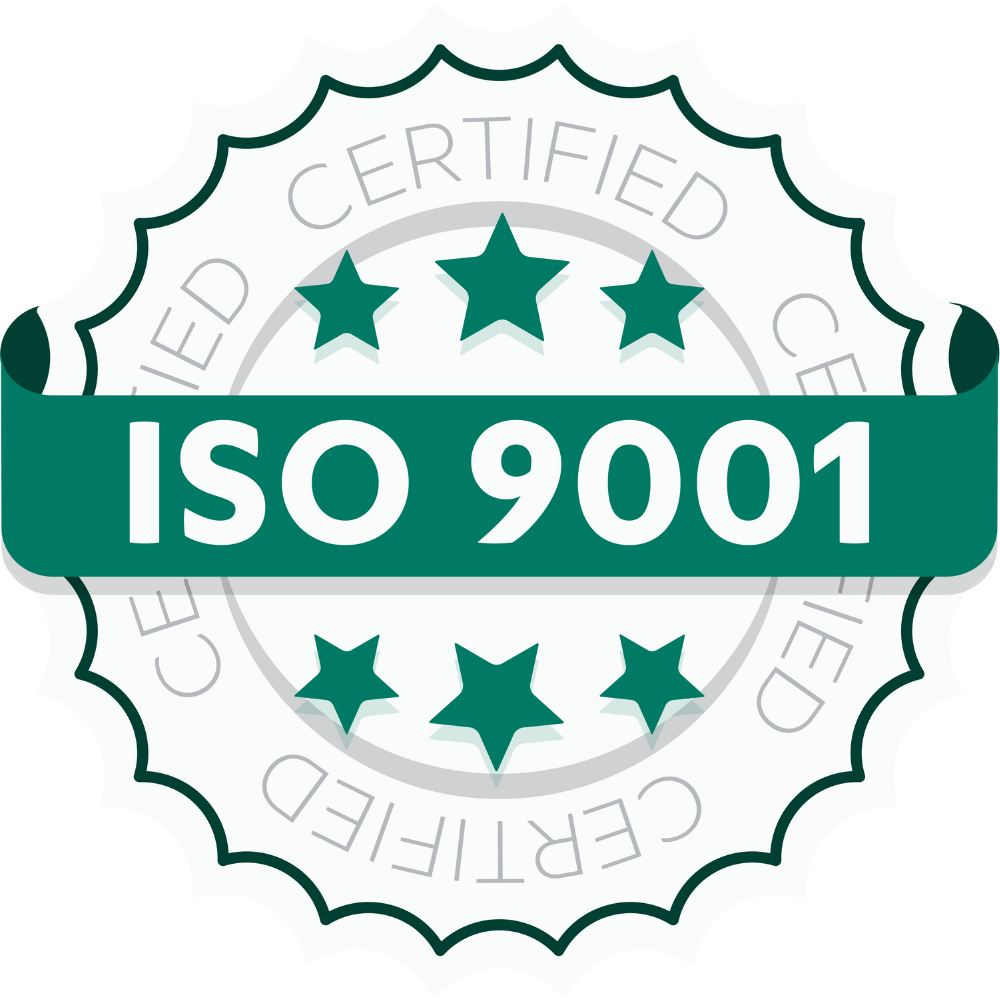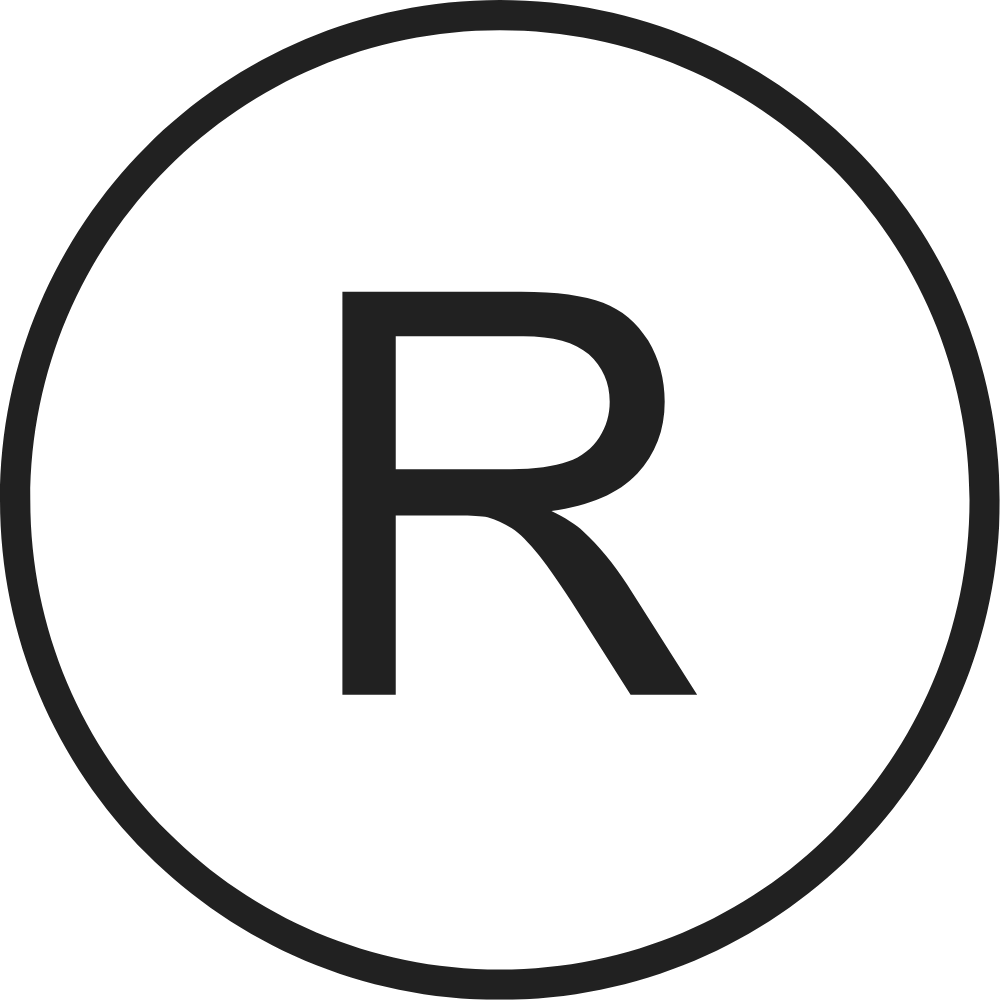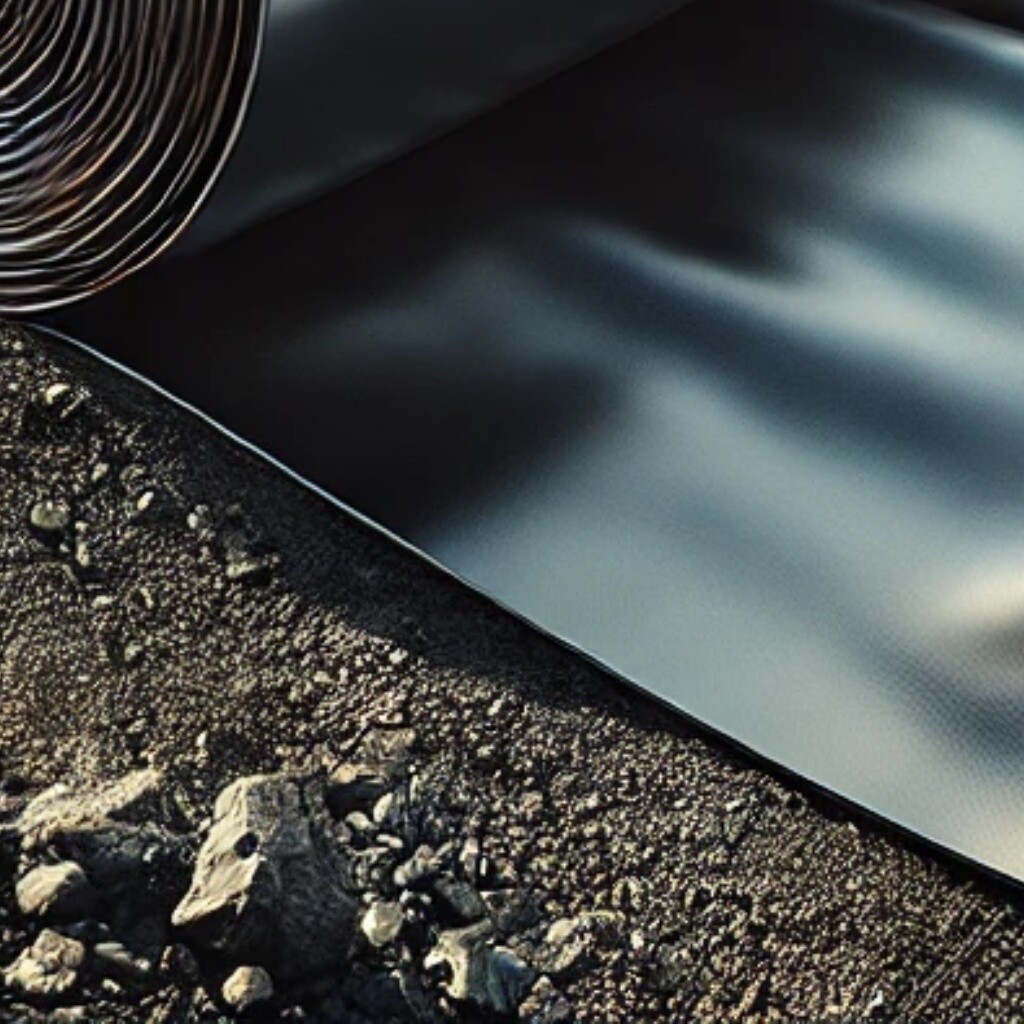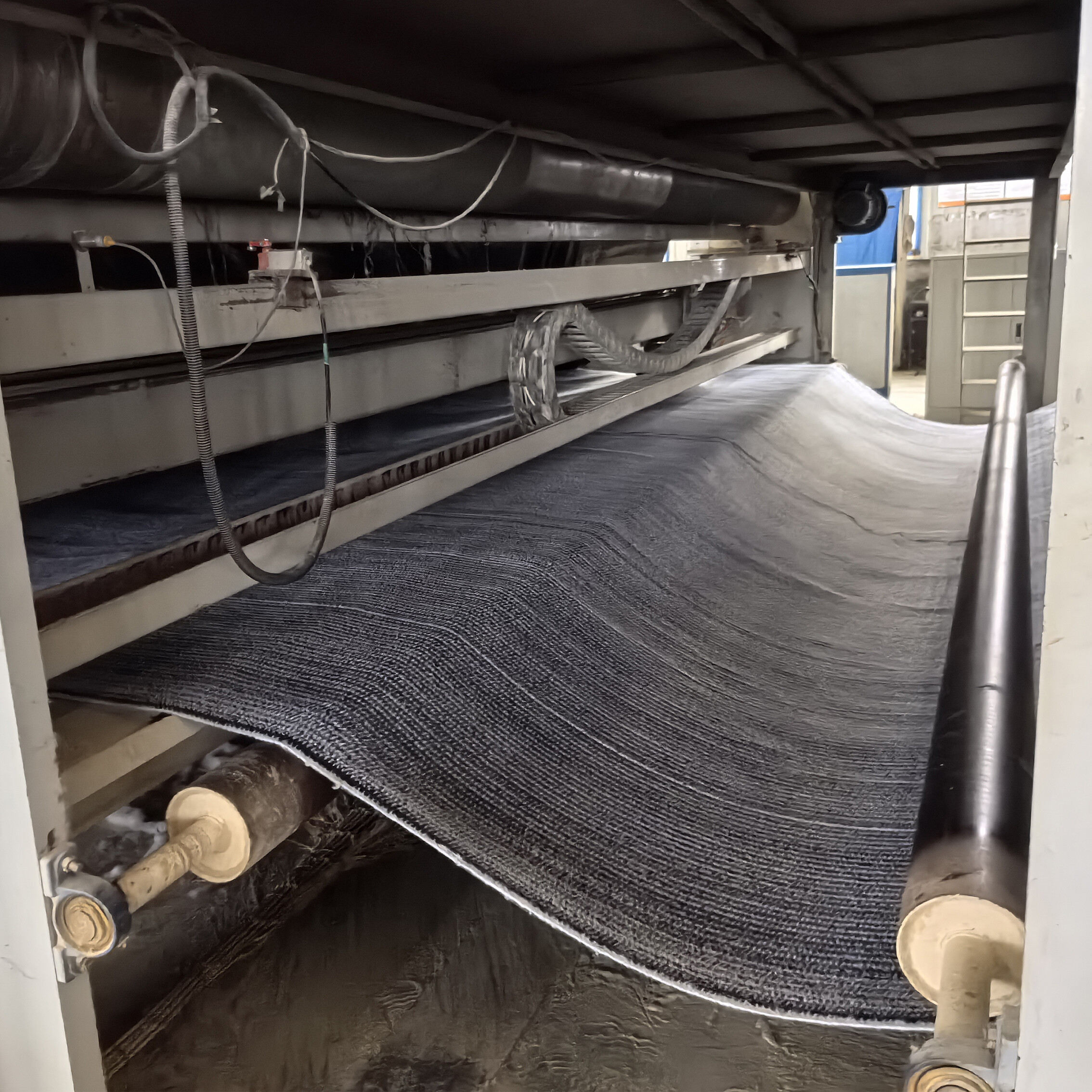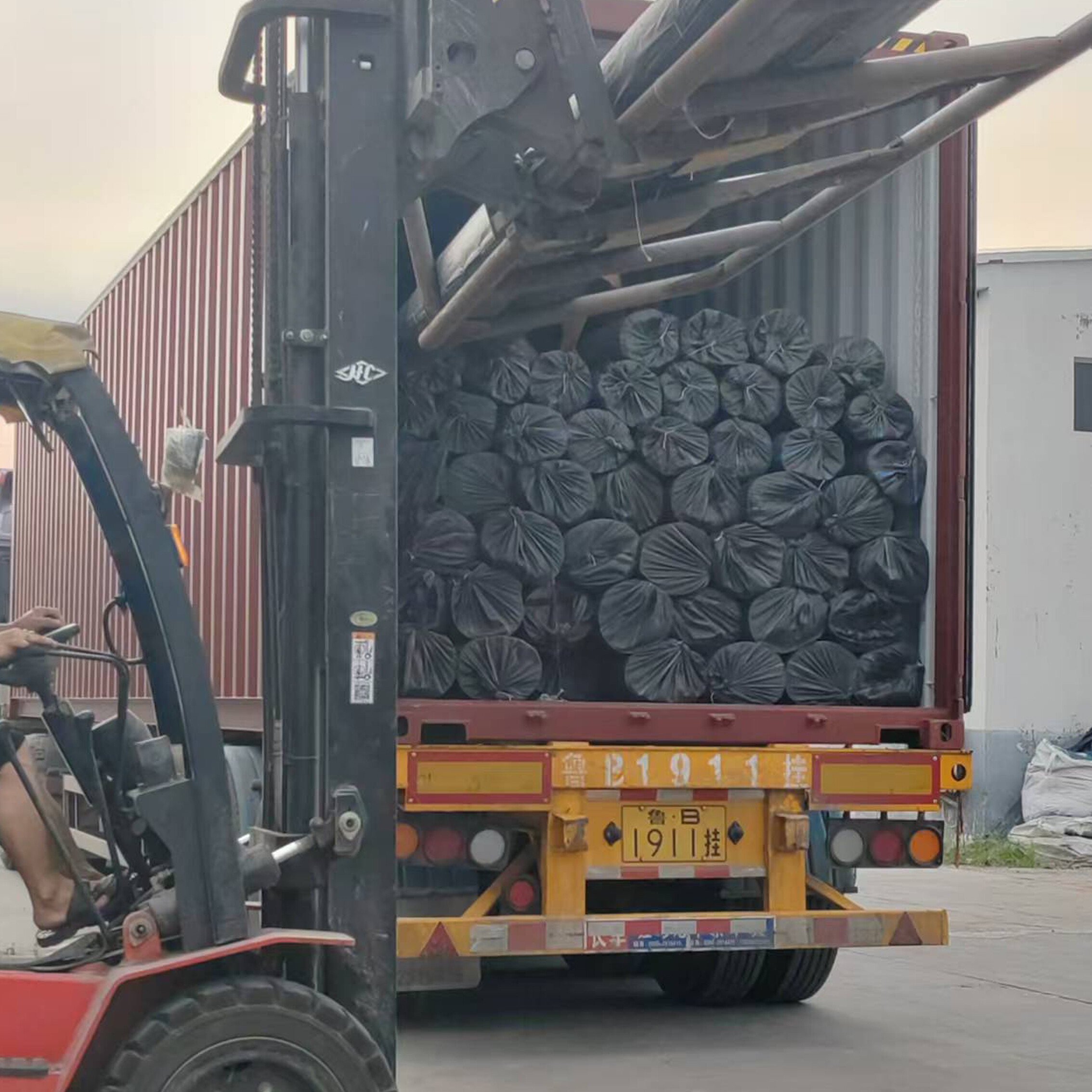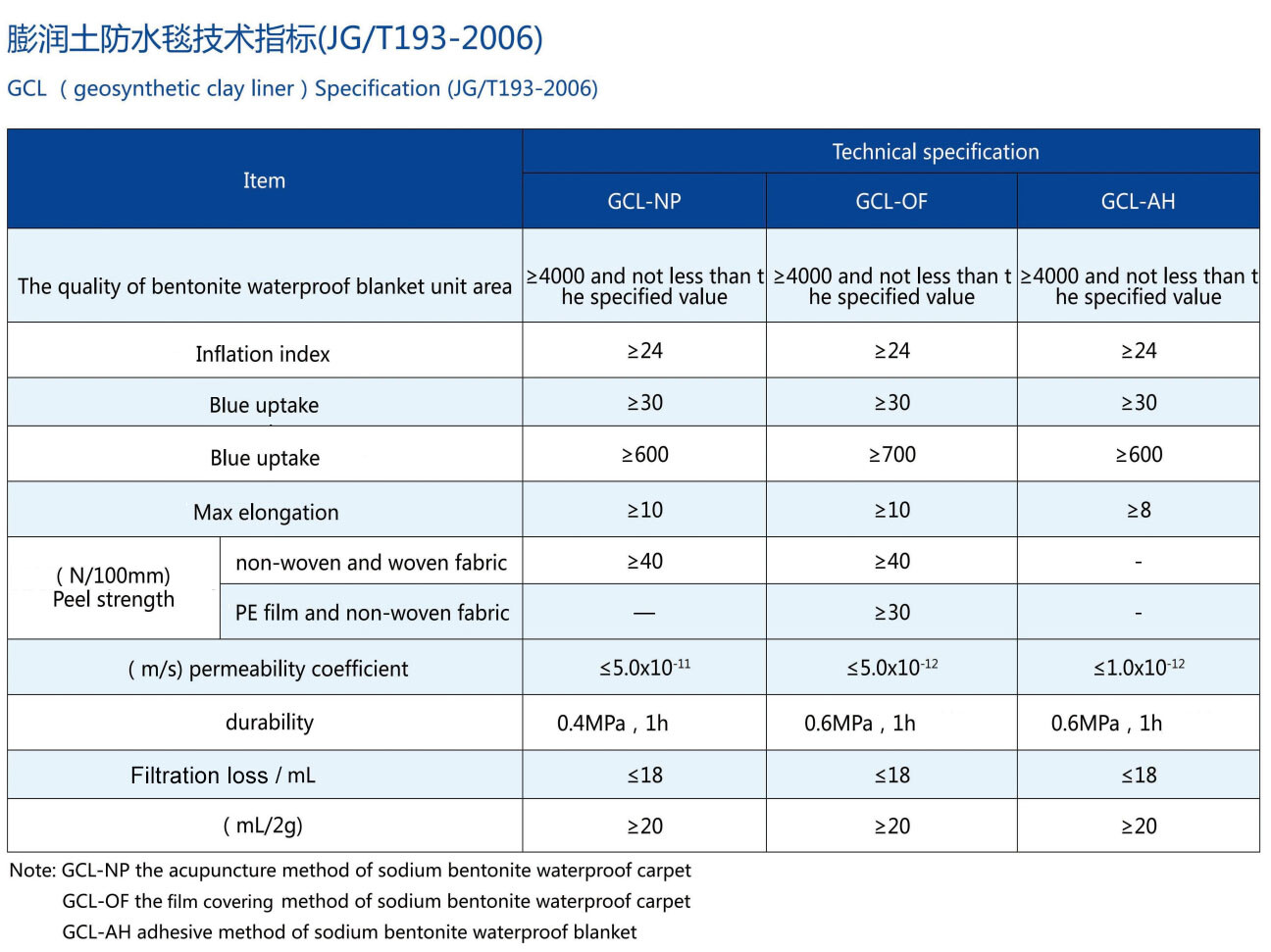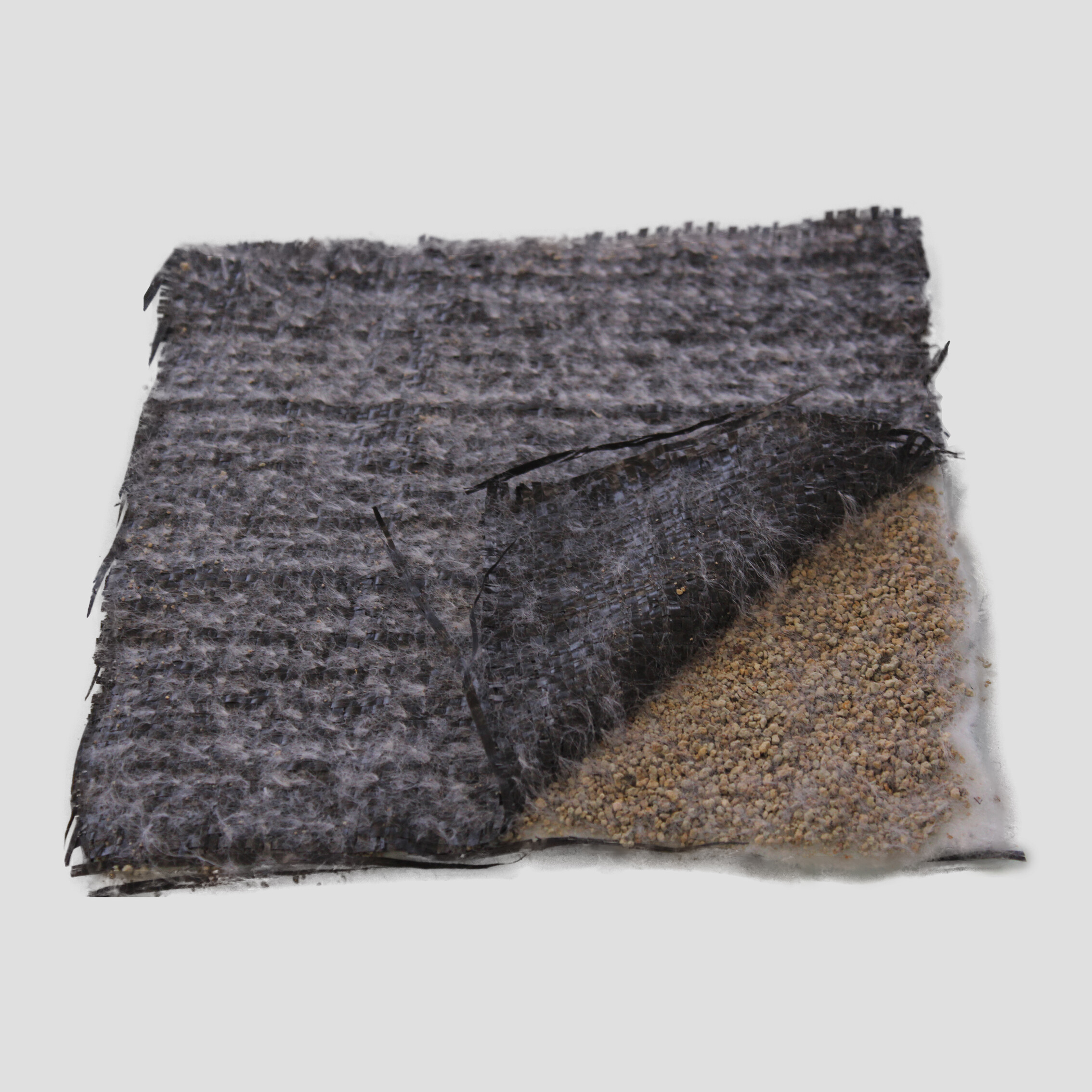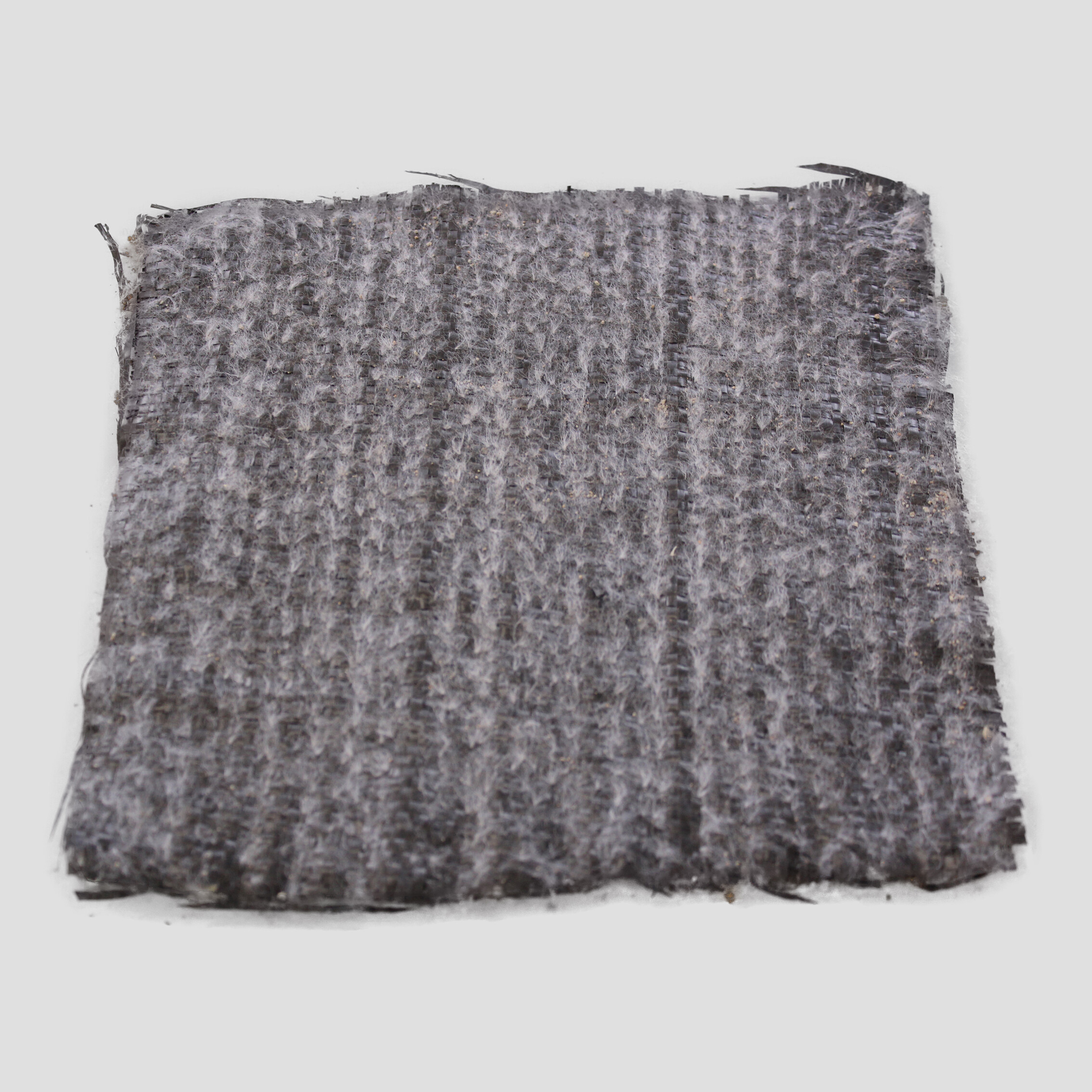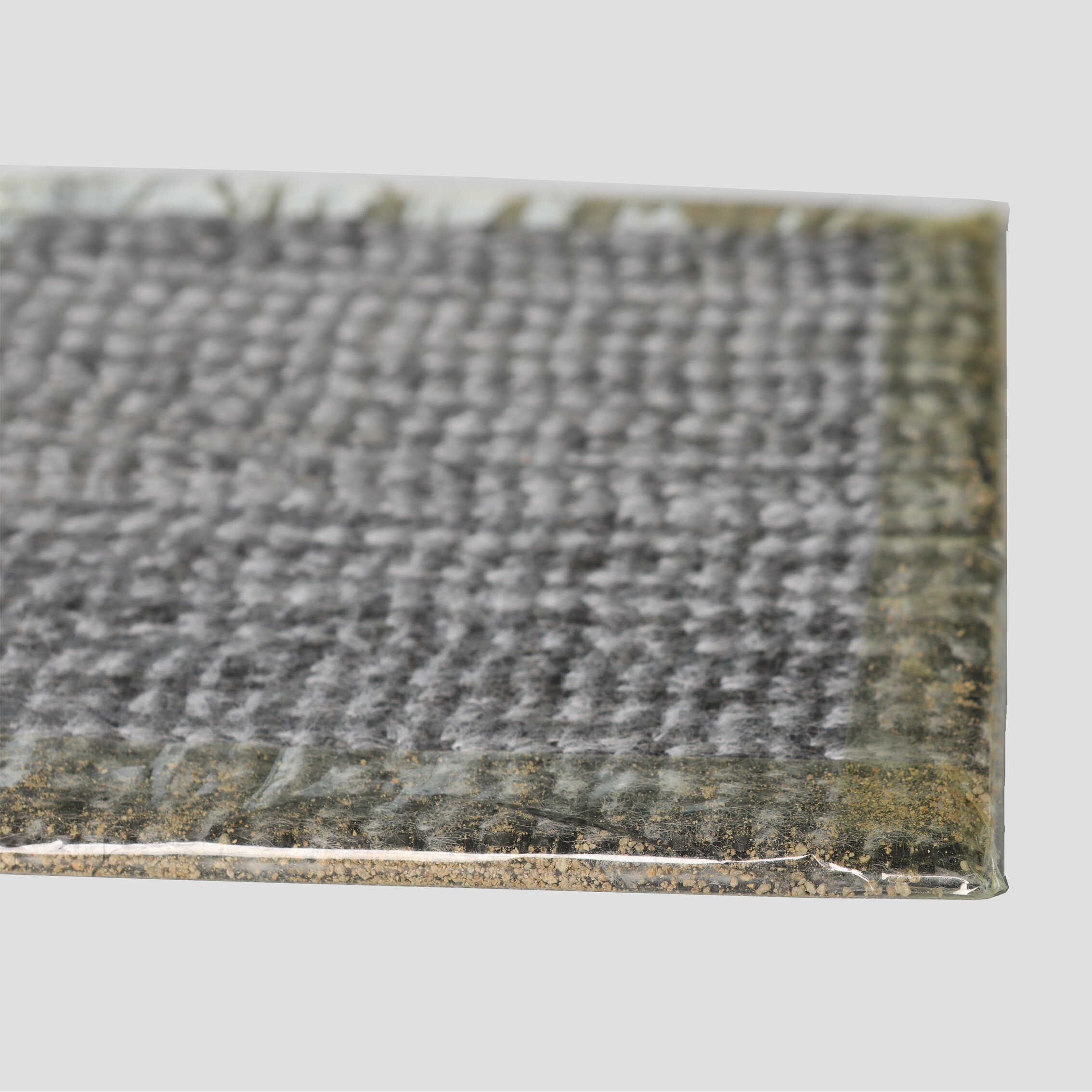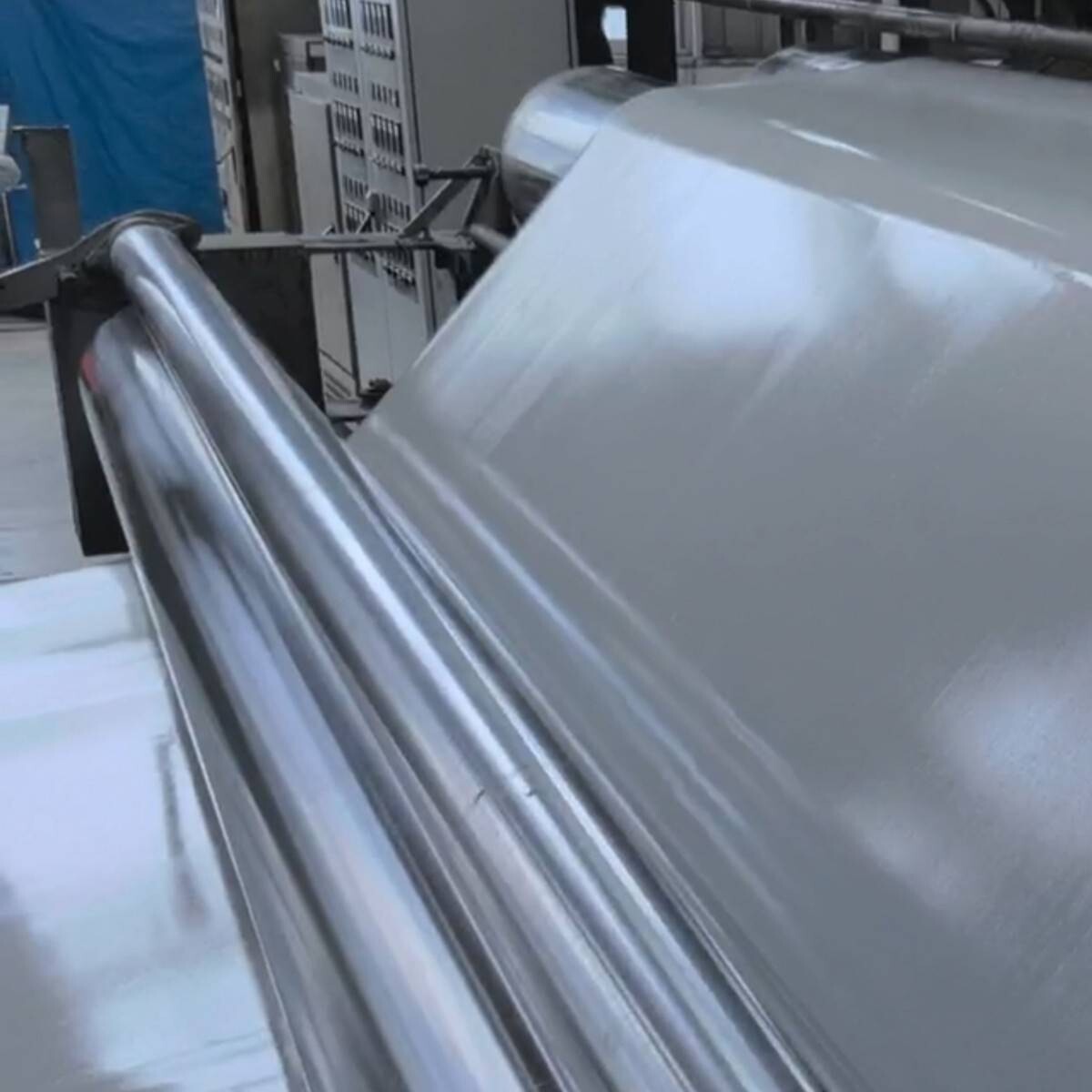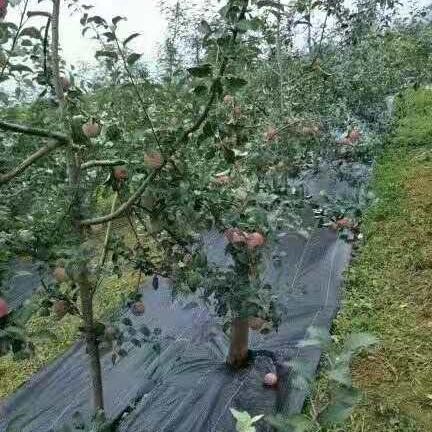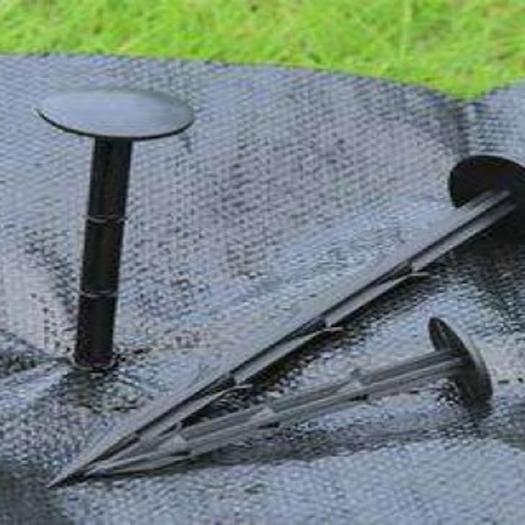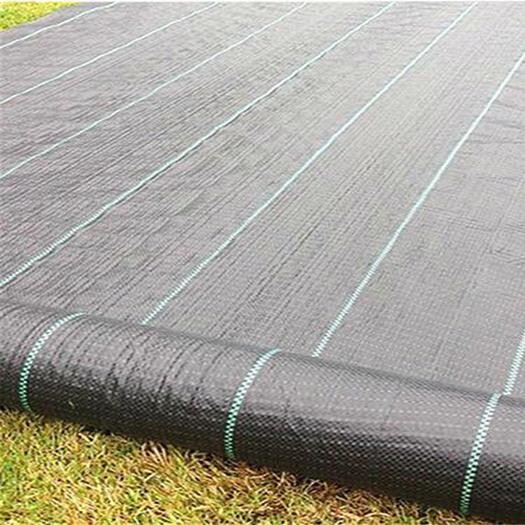Composite Geosynthetic Clay Liner
Product Categories
Composite Geosynthetic Clay Liner
Update time:2024.11.18
Composite Geosynthetic Clay Liner combines the natural impermeability of bentonite clay with a durable geomembrane, offering superior protection against water leakage and contamination in critical infrastructure projects.
Contact us
FAQ
- What can you buy from HONGYUE?
Geogrid, Geomembrane, Geocell, Geotextile and other geosynthetic materials.
- What you can expect from HONGYUE?
Competent and knowledgeable technical engineers .
Customized service according to engineering requirements .
Complete solutions for product design, delivery and installation in construction projects .
Offer various complementary product portfolio and contract project.
- How can HONGYUE guarantee quality?Always a pre-production sample before mass production;
Always final Inspection before shipment - What is your sample policy?
We can provide the sample free, you just pay for the transportation freight then you can get 3-5 days.
- What is the services can HONGYUE provide?Accepted Delivery Terms: FOB,CFR,CIF,EXW,DDP,Express Delivery,and so on ;
Accepted Payment Currency:USD,CNY;Euro;and so on ;
Accepted Payment Type: T/T,L/C,MoneyGram,Credit Card,PayPal,Western Union,Cash - Are you manufacturer or trading company ?
We are a professional manufacturer
- How about your delivery time?The specific delivery time depends on the items and the quantity of your order.
Previous page:Bentonite Geosynthetic Clay Liner
Inquiry about this product
Related Recommendations
If there is no accurate search result, please contact us and we will respond within 24 hours.


